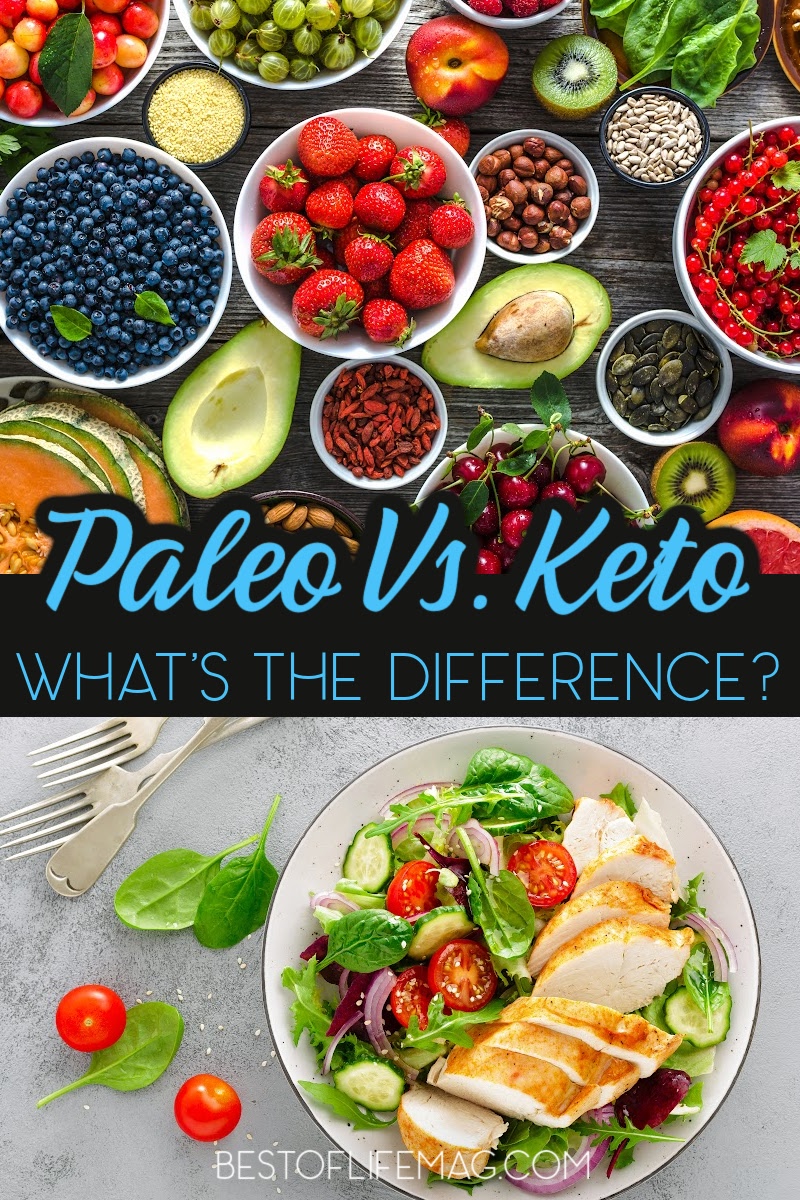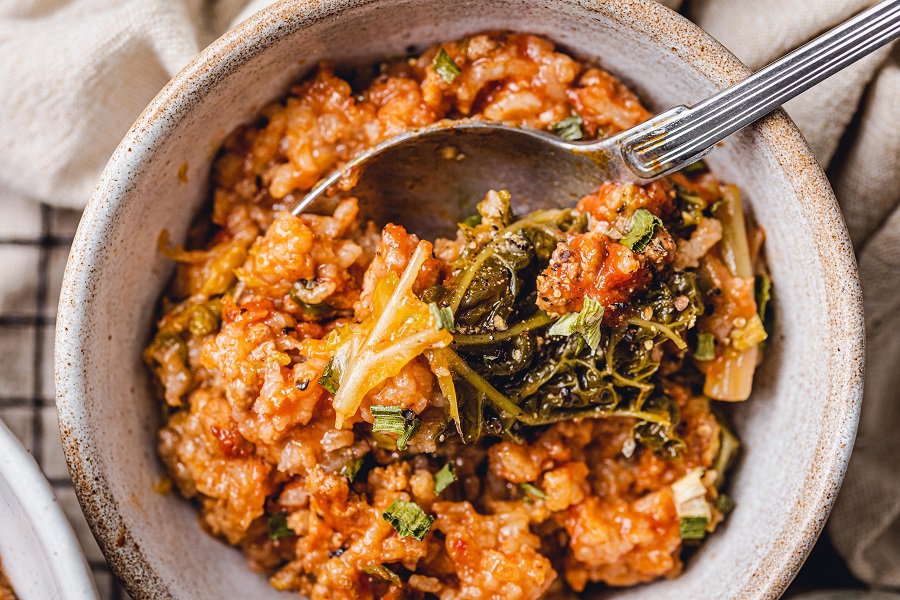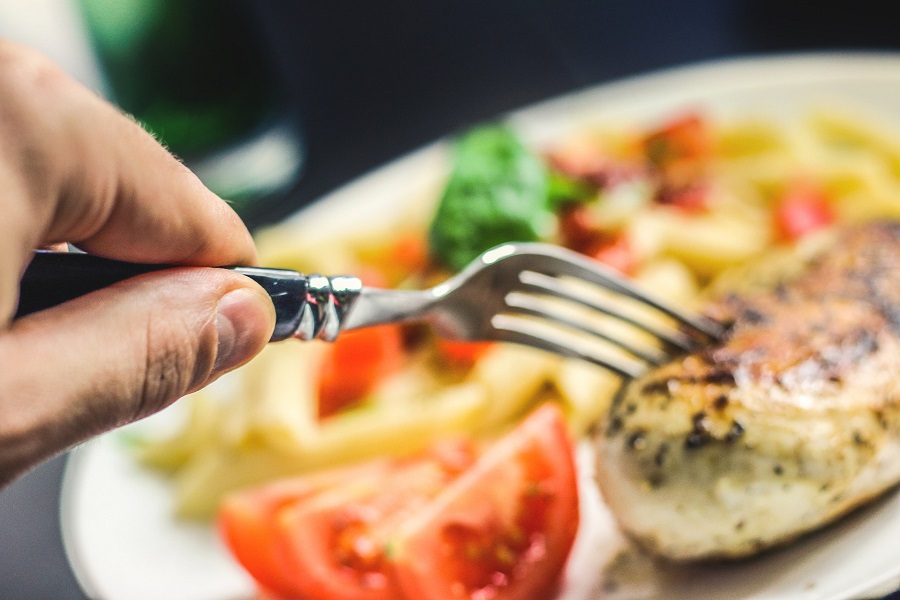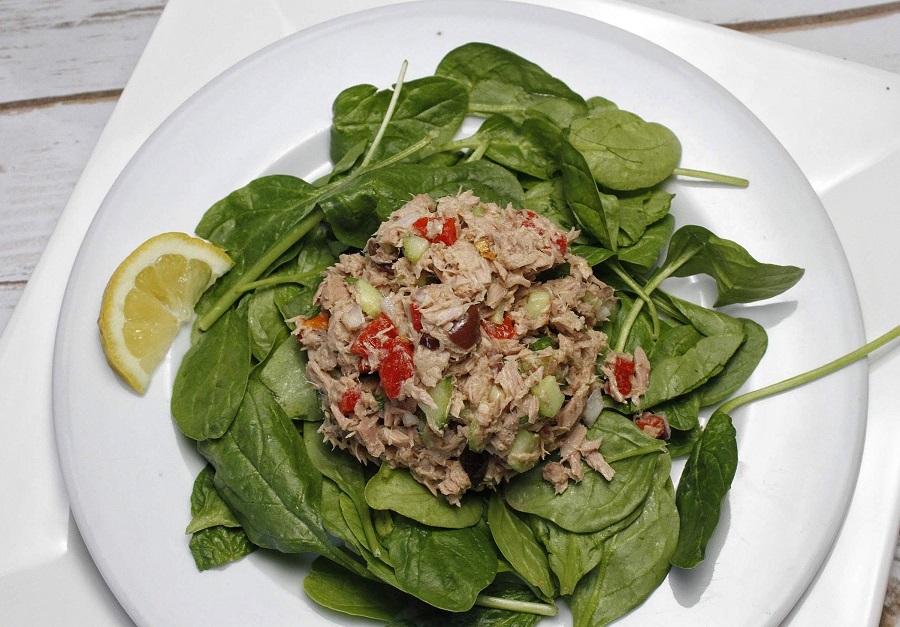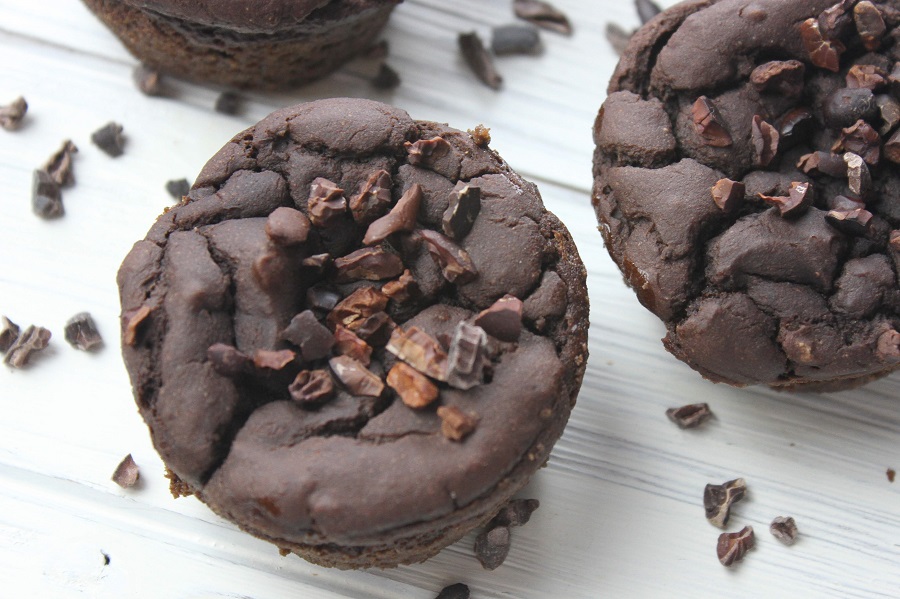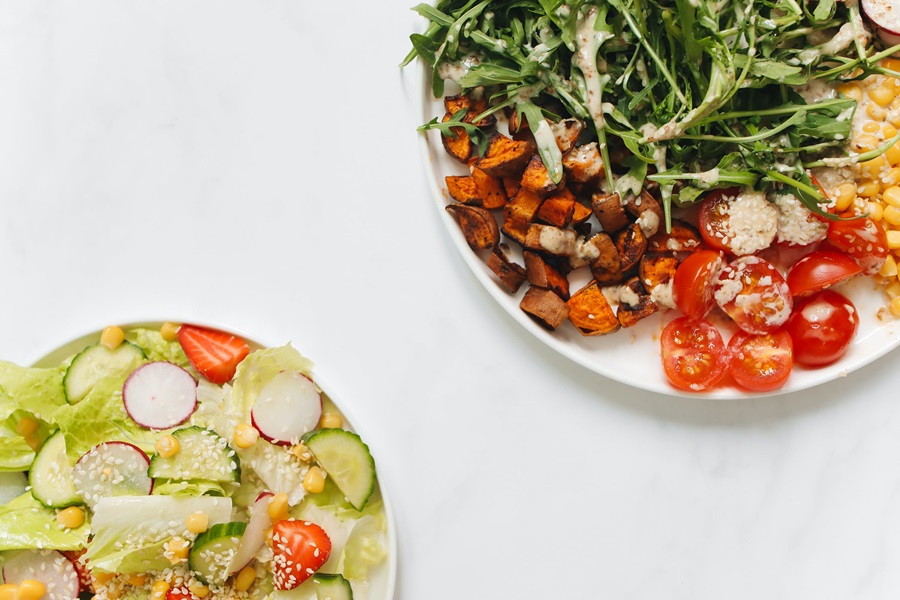Paleo vs Keto: What is the Difference Between Keto and Paleo?
Paleo vs keto is a common junction when trying to lose weight. These two diet plans are very popular and all over the place. You can even find products dedicated to each of them in the grocery store. But which one is right for you?
Paleo vs keto, which diet plan can help you lose weight the fastest and in a way that keeps it off for good? There are plenty of different diet plans out there that you can choose from for weight loss.
However, only some diet plans will work for you. Our bodies work similarly, but they aren’t the same. Some people have better metabolisms than others; some people can fill up on a small meal while others need more.
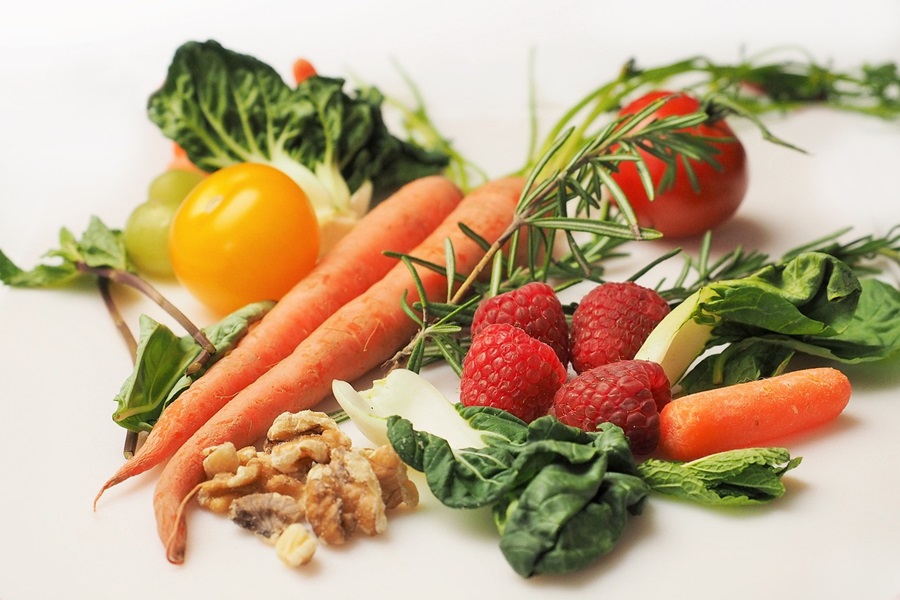
Then there are the diet plans themselves. All diet plans restrict what we eat; that’s the point. We gain weight by eating unhealthy food and not working out as much as we should.
But some of the restrictions are too difficult to manage. For example, a keto diet may not work for diabetics who will need to navigate rough waters to get results.
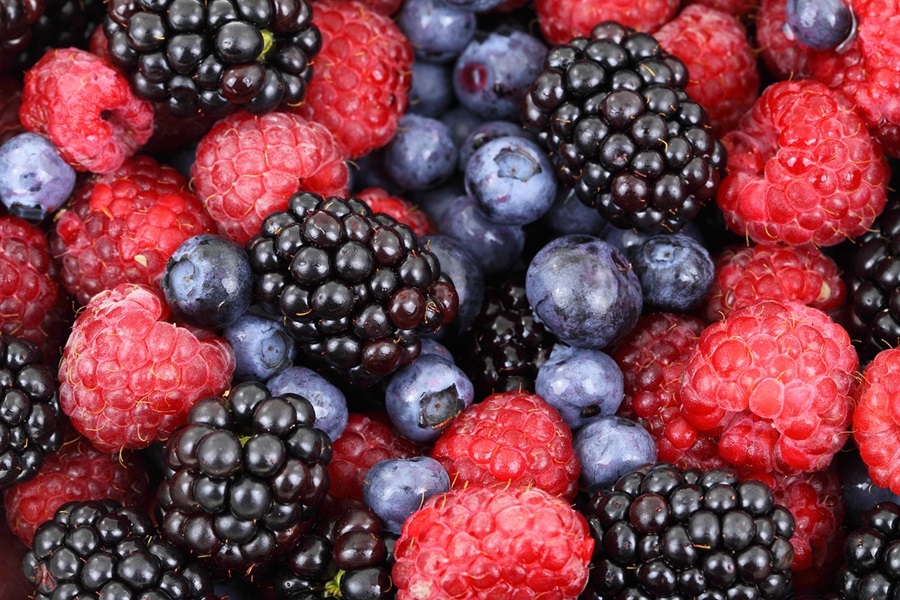
We should learn about the diet plans we’re interested in trying out before grocery shopping for the food we need. It should be clear by now that dieting is not a quick fix; it is a journey that takes time, effort, and discipline to complete successfully.
You may be considering the paleo diet or the keto diet. A good place to start your weight loss journey is with a paleo vs keto comparison. This way, you know what you’re in for with each diet plan.
You can more easily make the decision that will lead to you hitting your weight loss goals when you are fully informed.
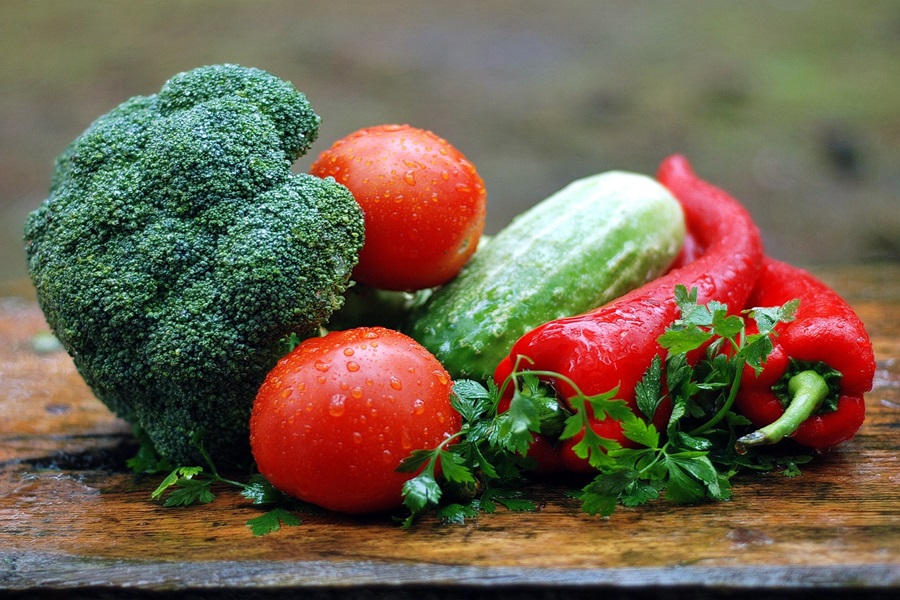
Paleo vs Keto: What is the Difference Between Keto and Paleo?
The keto diet, also known as the ketogenic diet, is a low-carb diet plan. Carbs are essentially sugars that our bodies store for energy. That storage shows up on our bodies as fat.
Our bodies do this to have energy when needed, but we get bigger if we aren’t using it. But limiting our carbs doesn’t just prevent our bodies from storing more fat.
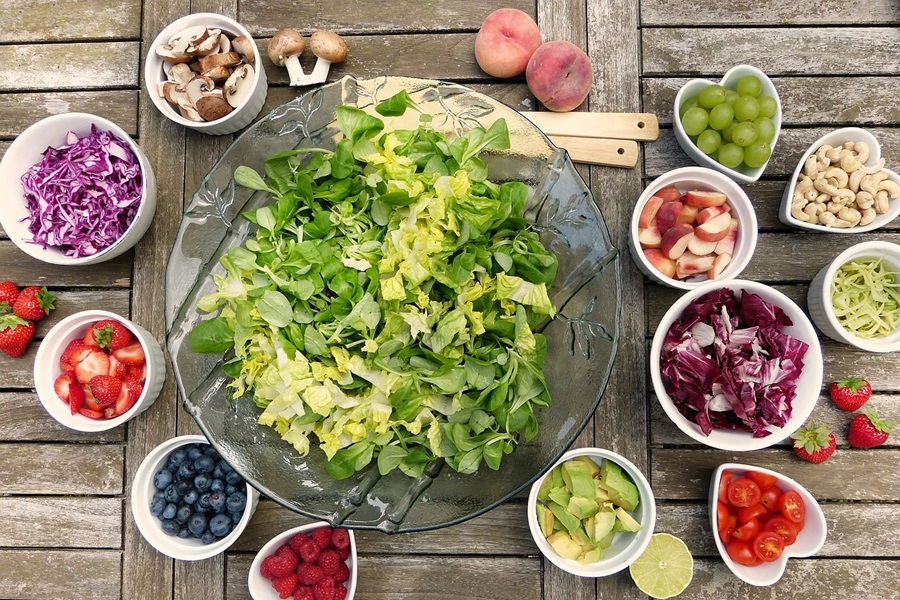
Our bodies go into ketogenesis, a metabolic pathway that is very complicated to explain in great detail. However, the important part is that your body feels the lack of carb intake and, therefore, will start using the stored fat for energy.
Putting gas in your car daily will keep it full, but stop refilling daily, and it will slowly work its way down to empty. It’s the same idea with keto diets.
This means counting carbs and ensuring you stay within your carb limit daily. Regarding dietary restrictions, the goal is to keep it low-carb, and that’s about it.
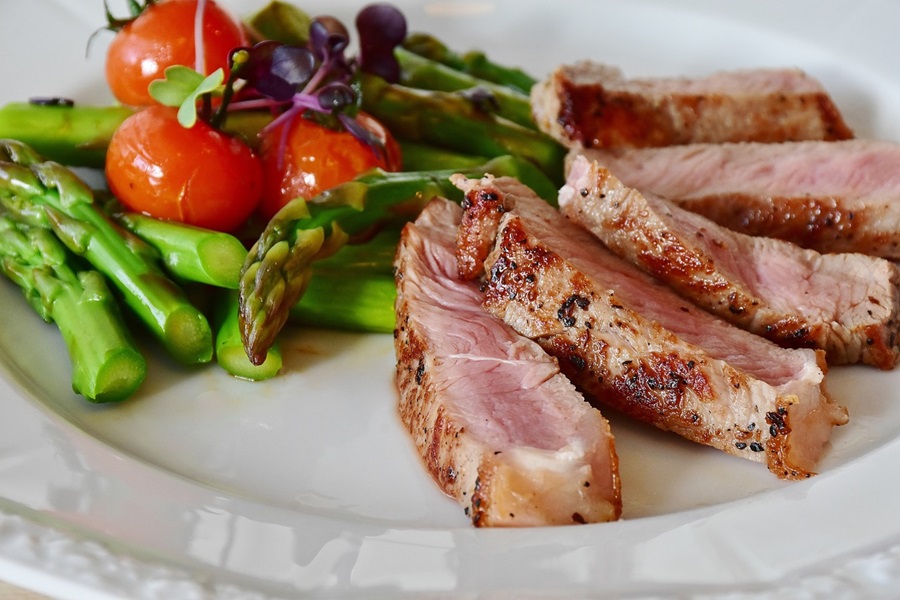
What is Paleo?
The paleo diet is also a low-carb diet; however, the goal is not to get your body into ketosis. Instead, the goal is to eat whole foods. In fact, the diet gets its name “paleo,” from what food is allowed.
The goal of a paleo diet is to eat only foods that were available during the Paleolithic era. It sounds a bit weird, but it has helped many people find success in weight loss.
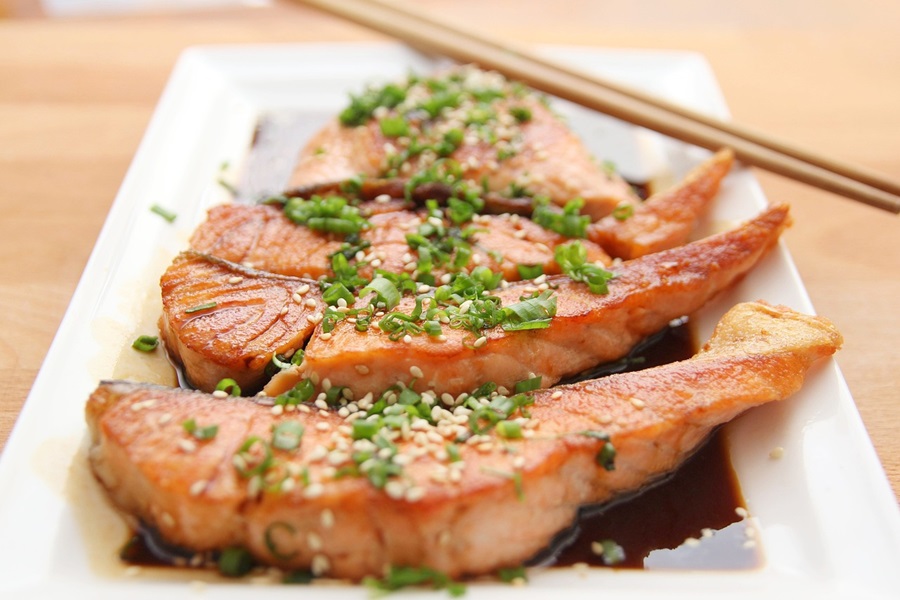
This is because there were no processed foods in the Paleolithic era. That’s right, we remove all processed food from our diet on a paleo diet plan.
But we take things even further by removing things like bread, rice, corn, beans, grains, dairy, added sugars, potatoes, and legumes. It is a meat and veggie-heavy diet that results in it being a low-carb diet inherently.
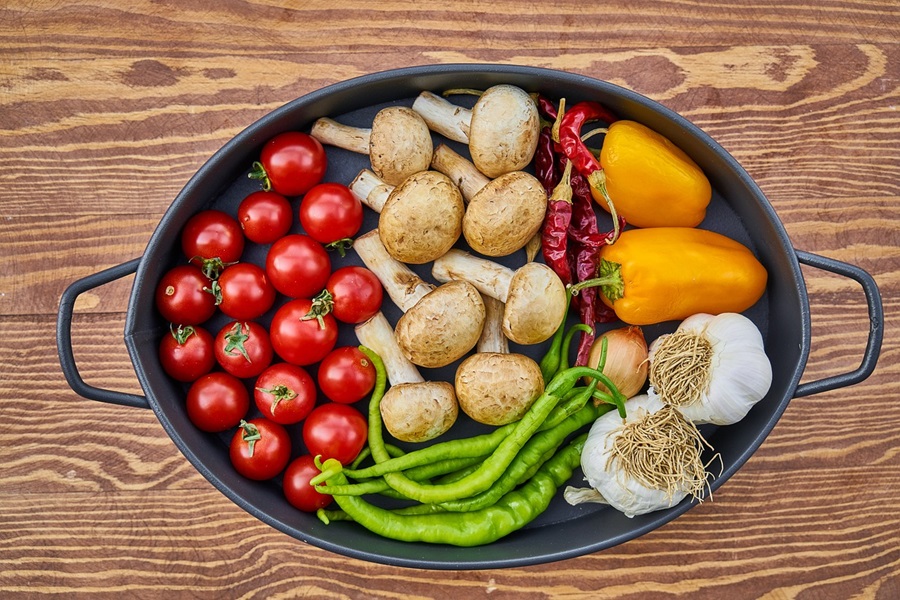
What Not to Eat on Keto
Paleo vs keto diets will inherently mean restricting our diets. However, each diet has a different set of restrictions you must follow. The keto diet is more forgiving than the paleo diet.
However, they do have a lot of similarities in what you can eat. However, the keto diet will allow processed foods, dairy, and even added sugars.
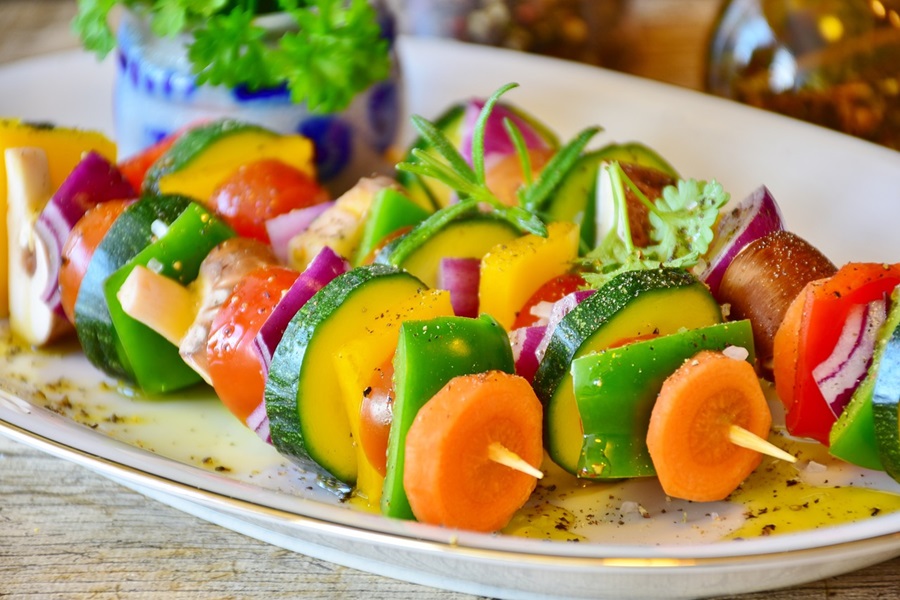
There are no rules about what you can’t eat in a keto diet. However, the number of carbs you take in daily does matter. For example, you can eat a bacon burger with cheese wrapped in lettuce instead of a bun.
But pay attention to the number of carbs in that burger because you don’t want to hit your daily limit if you want to find success. Vegetables get a little tricky on keto diets since they are carb-heavy.
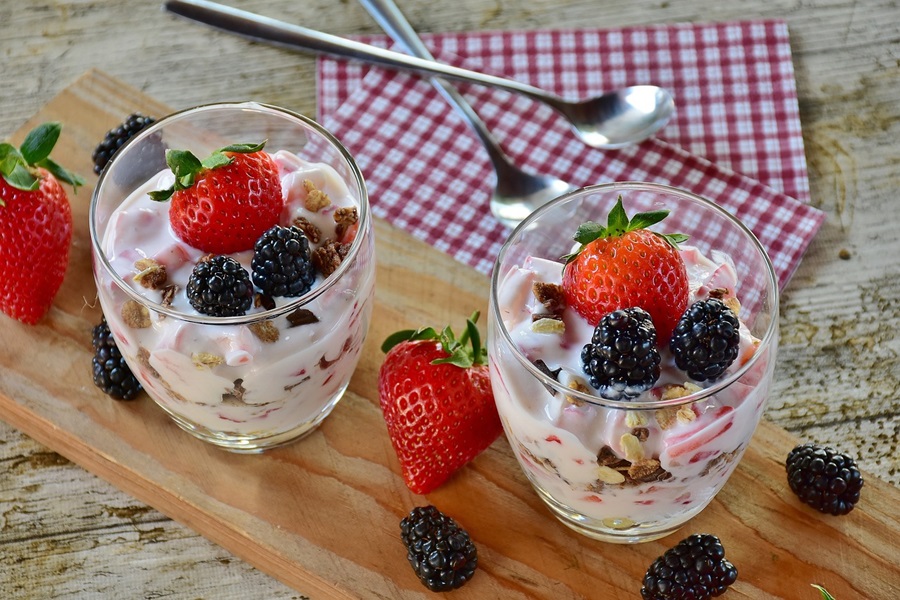
What Not to Eat on Paleo Diets
The paleo diet is a lot more restrictive than keto. It is important to note the trade-off, though. We are far more restricted on the paleo diet but aren’t counting carbs.
Still, those restrictions include dairy, beans and legumes, breads, and grains. Basically, don’t eat it if it isn’t part of a caveman’s regular diet. This removes a lot of processed foods and added sugars from our diets.
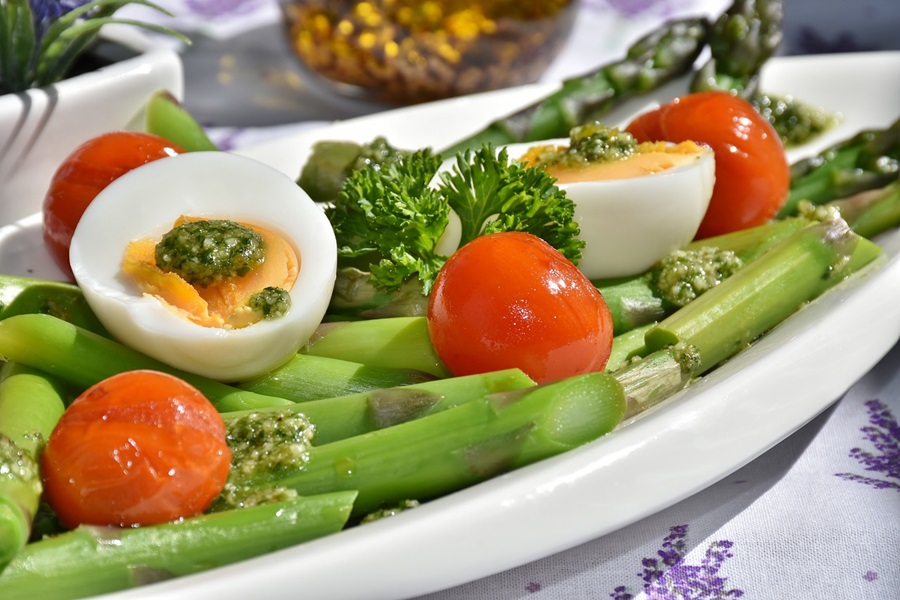
This also means that our diets are packed with protein. Protein is used for energy instead of carbs or sugars in a paleo diet. This also means we must remove as much refined or added sugar as possible.
The goal is not to get into ketosis but to give our bodies a different source of energy, one that can fuel our workouts.
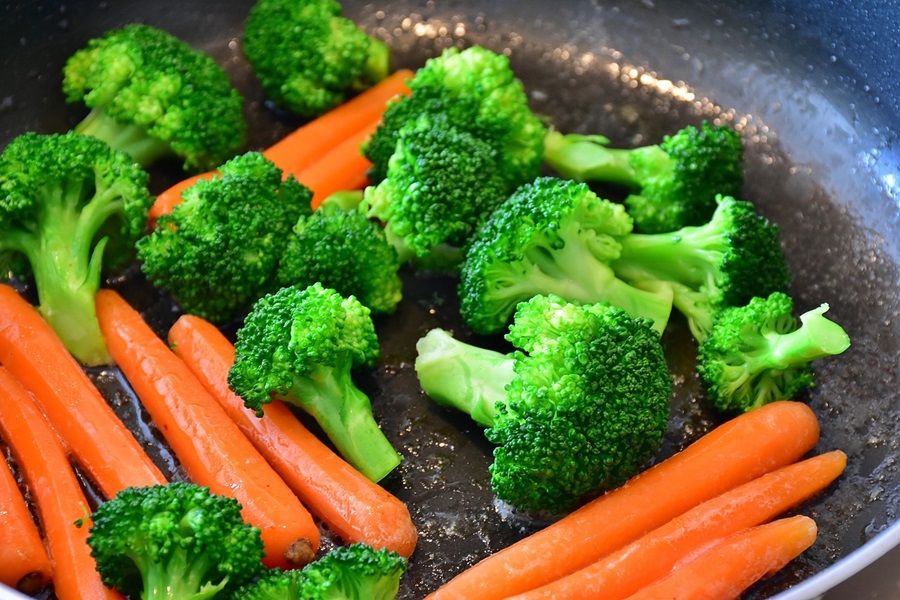
What You Can Eat on Keto
Part of paleo vs keto diets is also knowing what you can eat. Rejoice, bacon makes the list of acceptable foods on a keto diet. Cheese is another food we can eat on a keto diet.
However, not all dairy products are accepted. Keep the carb count in mind when shopping for dairy. There’s nothing wrong with some yogurt every now and then, and cheese definitely fits.
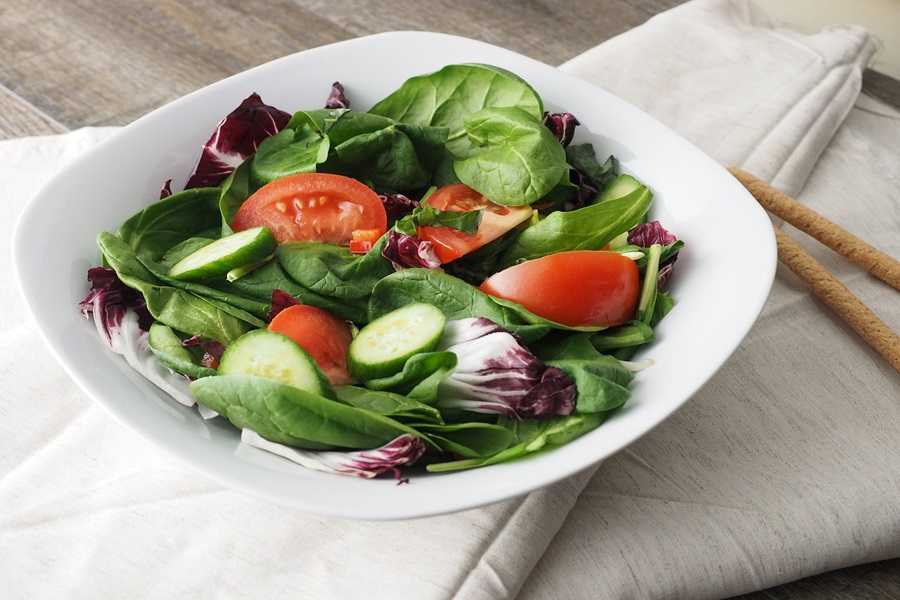
Yogurt and cheese are considered healthy fats like avocados, olive oil, and seeds. We want these fats in the diet to help maintain other healthy factors like cholesterol and cell maintenance.
Our diet plans, like keto diets, should not only be about weight loss benefits but also the health benefits they provide. We will be dealing with nutrient deficiencies, and that’s where healthy fats come into play.
After all, a healthy lifestyle is not just about how much weight we carry.
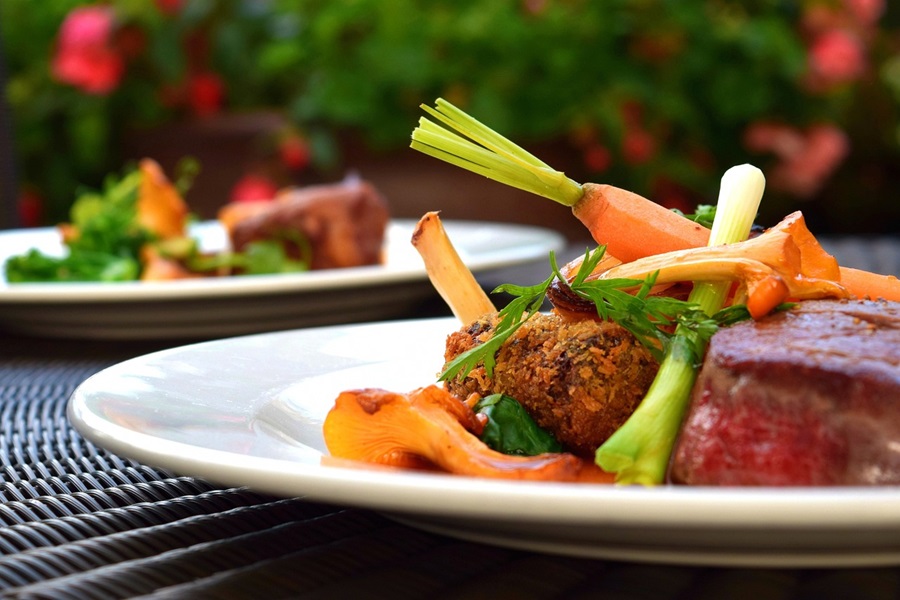
What You Can Eat on Paleo
People search for the positive effects of a healthier diet plan for different reasons. Some people are dealing with health issues, and others just want a better choice.
Either way, finding your favorite foods in a diet plan can help us succeed. The good news is that there are plenty of options for a paleo diet.
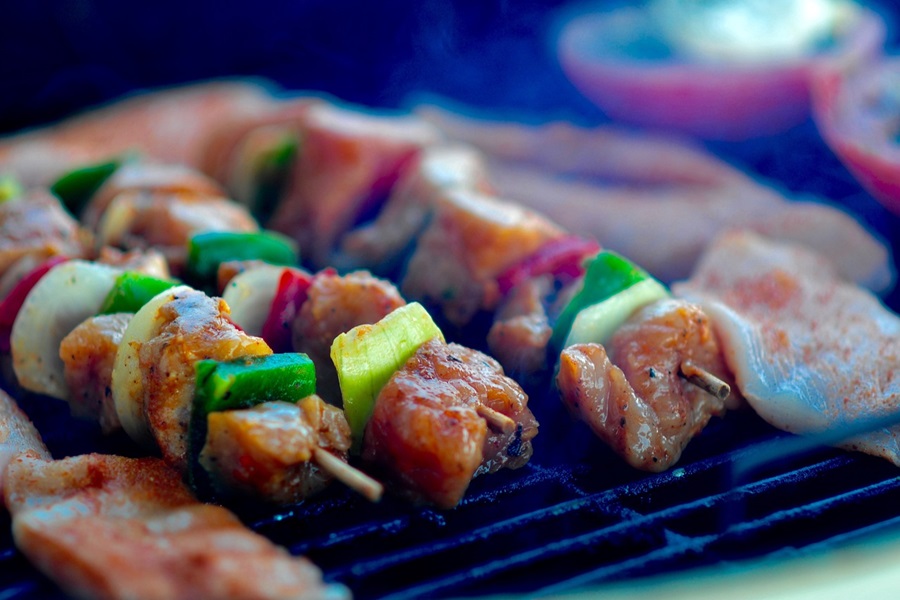
We already know that we will be sticking with unprocessed foods for most of our diet plan; it is the caveman diet, after all. And it is one of the most popular diets for a reason.
People use these diet plans to deal with serious health conditions. So, what can you eat on a paleo diet? Lean meats like grass-fed meat are perfect.
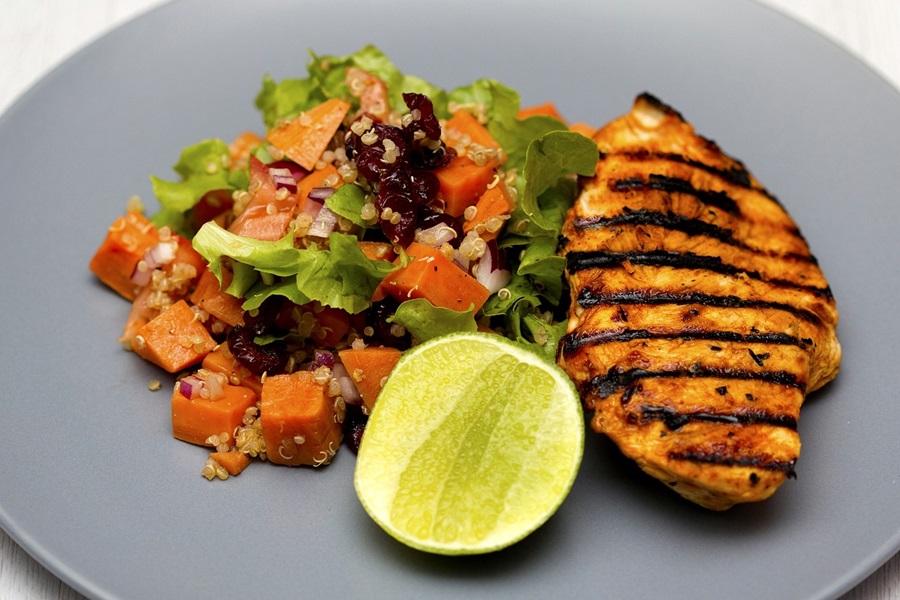
No meat doesn’t fit unless it is processed meat, like lunch meat. We can also eat leafy greens, starchy vegetables, and anything under the categories of fruits and veggies.
We can also eat all the different nuts and seeds available to us.
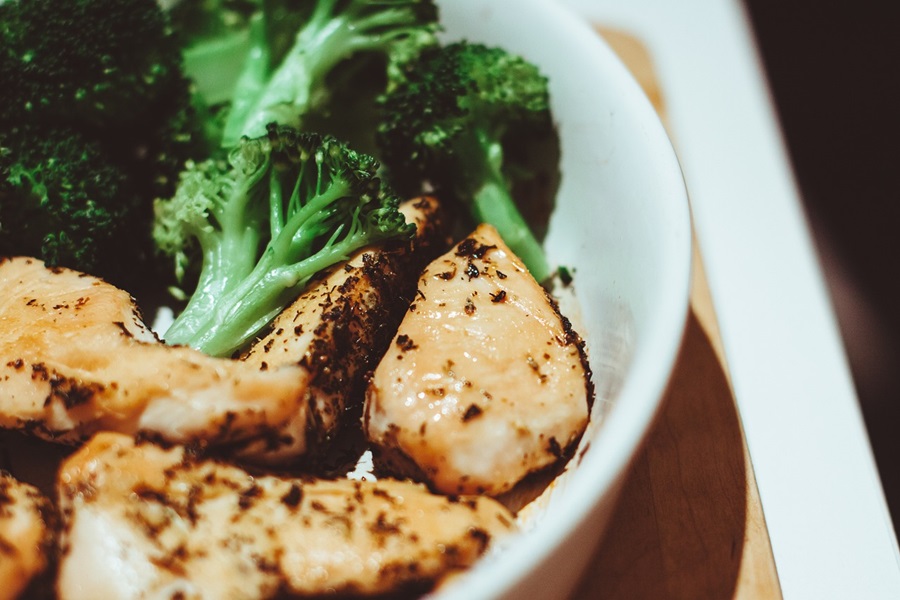
Key Differences Between Paleo Vs Keto
There is no single diet plan that works for everyone. High-fat diets, low-fat diets, monitoring our fat intake, cutting our carbohydrate intake, the Atkins diet, or even intermittent fasting are all viable options.
But the key differences are what lead us down our successful path. The difference between keto and paleo is how we go about losing weight.
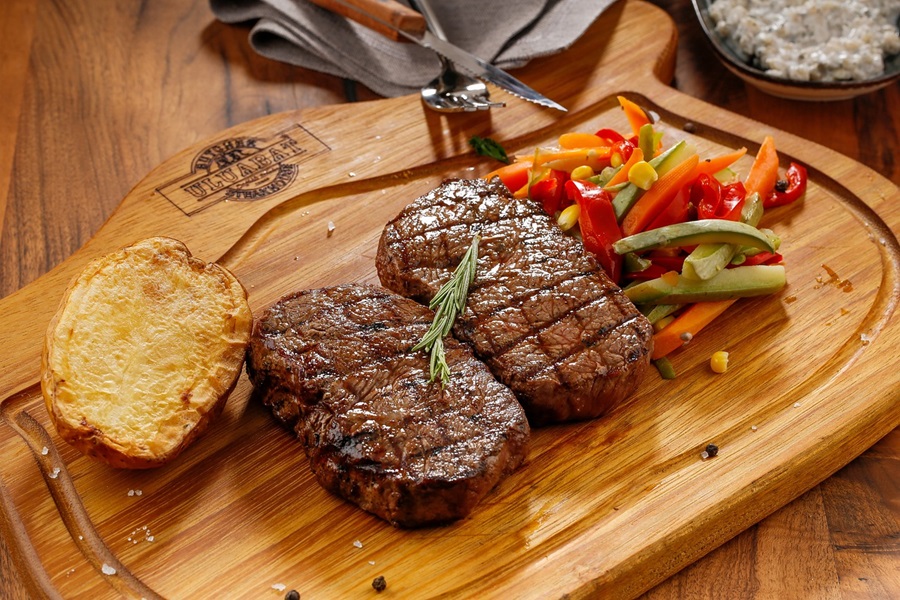
Both diets are about eating healthy foods and changing the way we think about a healthy diet. But they go about it in different ways. Paleo is simply about eating healthy and removing processed foods from our menus.
Keto is about altering the energy source the human body uses. Of course, the way we will see the difference is in what is allowed in the diets.
Both diets share a lot of acceptable food, but the restrictions are where we see the differences, as well as the portion sizes.
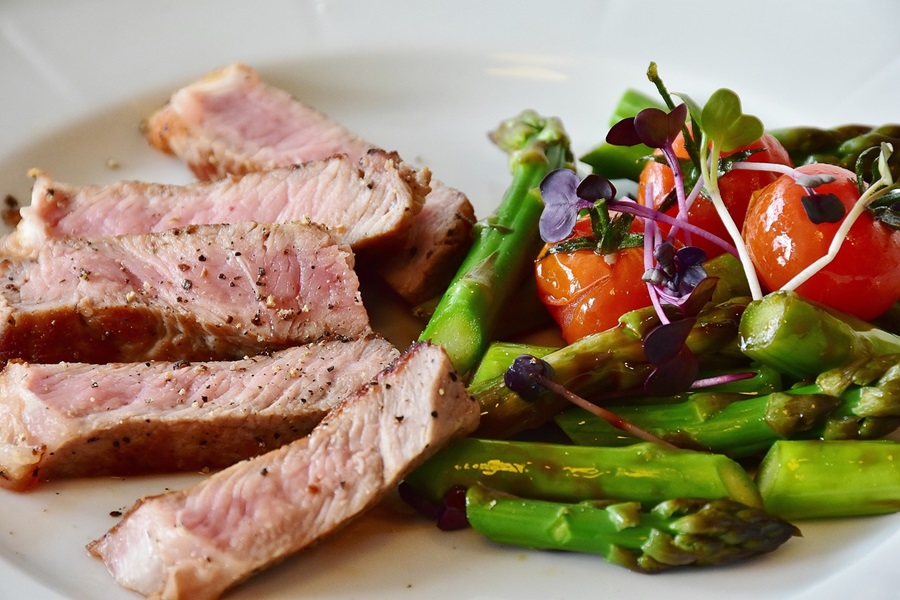
Keeping the Weight Off
One of the hardest aspects of any diet is keeping the weight off. We’ve all heard of muscle memory. For those who haven’t, the theory is that it is easier to rebuild muscle than it is to build muscle.
The same could be said for fat. It is even easier to regain fat than it is to gain fat. The keto diet has helped speed up the weight loss process for many.
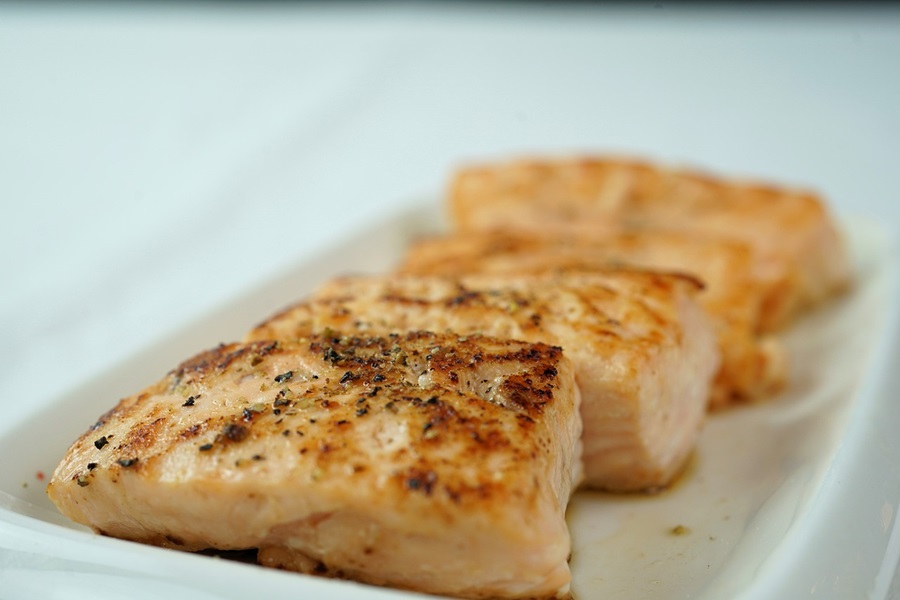
However, a low-carbohydrate diet is not sustainable in the long term. A keto plan alters the body in a way that is not considered healthy, so it should only be used to lose weight and then switch to a simple nutritional diet.
Paleolithic diet takes longer for weight loss but is completely sustainable. The idea of removing processed foods from our diets is one we should all be practicing anyway.
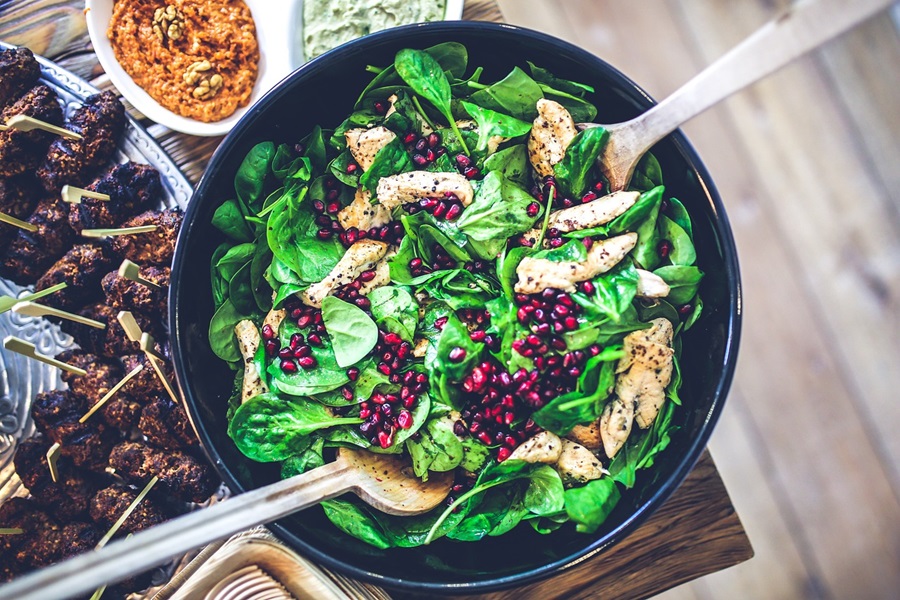
Paleo dieters never have to stop their new diet plan; it is a lifestyle change that is considered healthy. That’s not to say it is the best diet out there.
This is because diets should be used to get back to a healthy weight, and then managing that weight with new knowledge of the food groups can help us sustain weight loss.
Yes, this means working out regularly until the end of time. But there will come a time when working out is nothing more than ensuring your body doesn’t whither away from not being used.
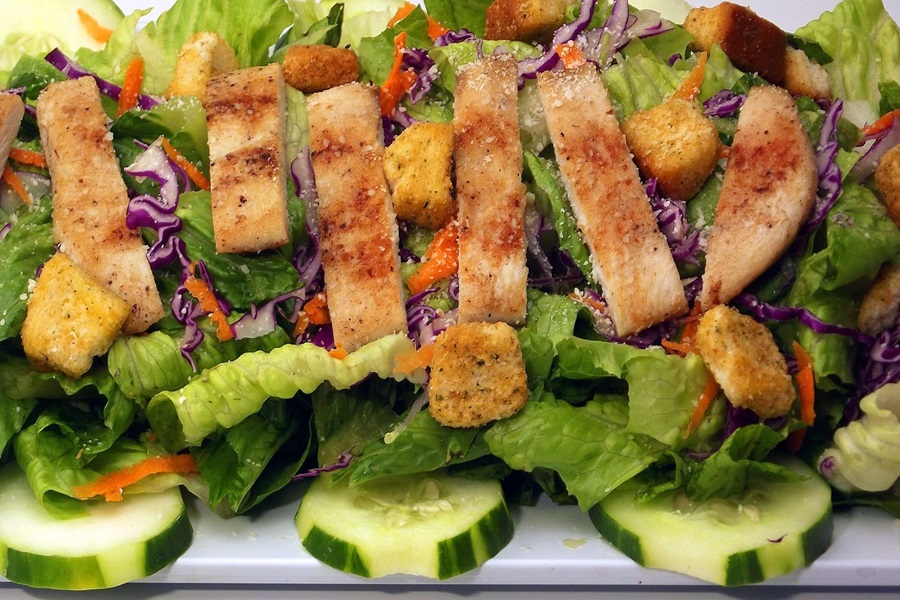
Workouts for Paleo Vs Keto
There is simply no way to lose weight with just dieting. It is important to note that working out is essential if you want to reach your goals. Think about the car theory from above.
Our bodies store fat as a source of energy; we get that energy from the food we eat. But processed food uses ingredients that provide us with too much energy and so our bodies get bigger as more energy is stored.
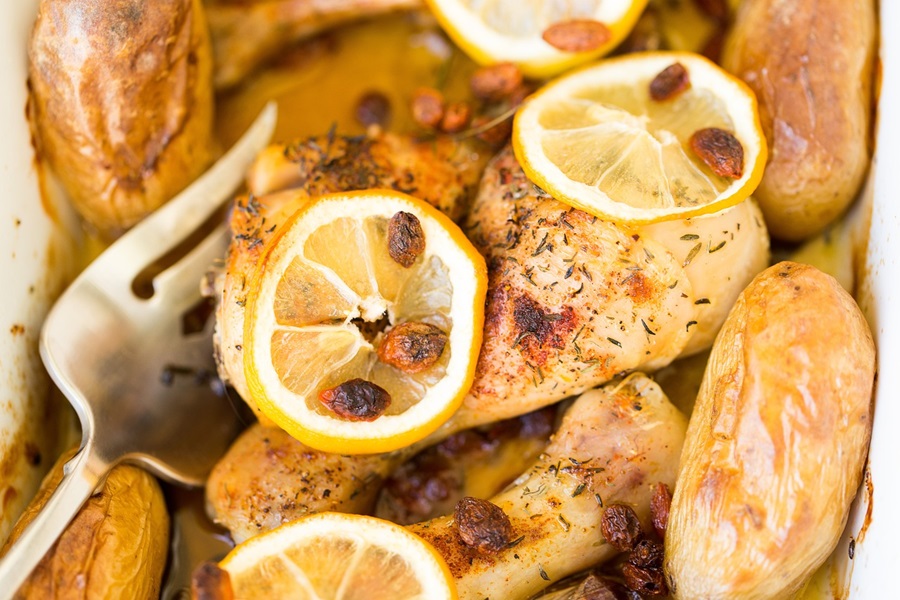
We need to use that energy in order for our bodies to shrink in size. Workouts will force our bodies to use that stored energy while we simultaneously reduce the amount of new energy we provide our bodies.
This is the weight loss equation. This is how we decide between paleo vs keto for weight loss.
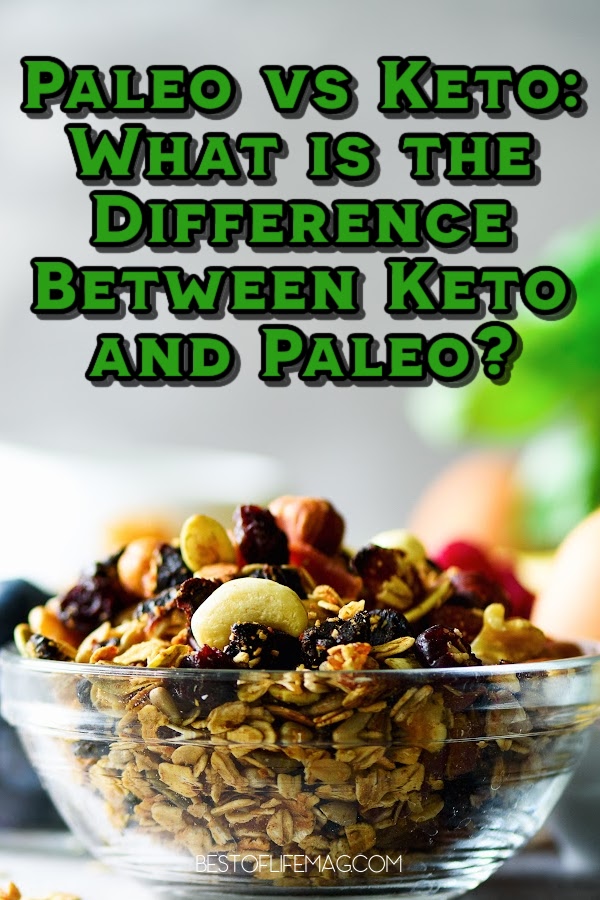
More Weight Loss
On the Go Keto Snacks | Snacking is a great way to ensure you stay on track. We just need to make sure it’s healthy.
Intermittent Fasting Hours: Plans and Hours to Eat | You can add intermittent fasting to any diet plan you use. It is simply an eating schedule that some believe makes a difference.
2B Mindset Recipes: 25 Meal Plan Recipes with Beef | Paleo vs keto isn’t the only option for us. There are other diet plans we can choose from as well.
Are Keto Recipes Good for Diabetics? | Health conditions will make a difference. Be sure to get professional medical advice if you are dealing with any major health concerns.
What Can You Eat on a Pegan Diet? | The pegan diet was a blip on the radar but is still worth checking out as another viable option.


